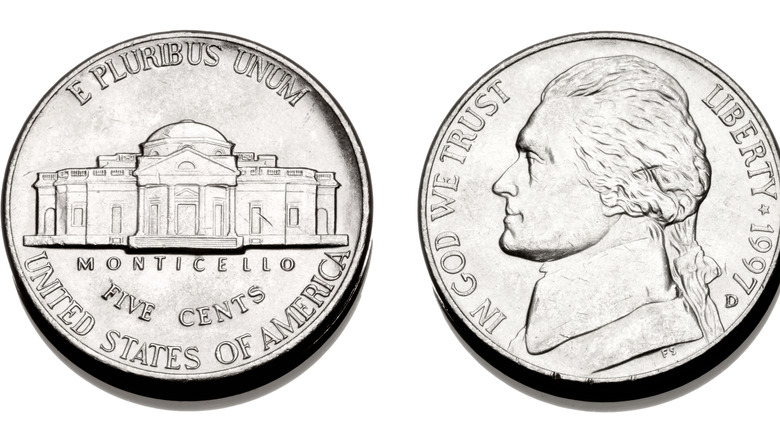How The Popsicle Was Accidentally Invented By A Child
Popsicles (ice pops) are a popular summertime staple for kids and many adults, too. Maybe your parents used to load up the freezer with them for you, or perhaps your fondest memories are from buying the red, white, and blue pops from the neighborhood ice cream truck. Popsicles are certainly a hit with children, but did you know the first ice pop was actually invented by a child (or so the story goes)?
It was an accidental discovery over 100 years ago involving an 11-year-old boy in San Francisco. He likely had no idea that his creation would become a favorite frozen treat, or evolve into so many ice pop varieties. Today, you can enjoy yogurt ice pops, ice pops with real fruit in them, and even Gummy Bear ice pops.
The very first ice pop, though, was a simple mixture of just a few ingredients. Life is full of accidents, but they don't all lead to success as they did for this lucky California boy. Although the details vary from source to source, here's the gist of the story.
The origin of the popsicle
NPR shared a version of the origin of popsicles. The year was 1905. It was a cold winter day in San Francisco, California, when a boy named Frank Epperson was playing outside. Just like many kids today make their own concoctions of various ingredients, he mixed some sweet soda powder with water in a container. SFGate describes it as a glass container of some sort. According to Lemelson-MIT, he used a stirring stick to mix it.
When it was time to come inside for the night, he accidentally left the container on the porch with the stick still inside of it. The outdoor temperature dropped below freezing, causing the mixture to solidify. Epperson found the frozen substance and called it an "Epsicle" (via NPR).
After learning that the Epsicle was just as flavorful as it was in liquid form, he decided to share his serendipitous creation with his neighbors. However, Lemelson-MIT claims he didn't apply for a patent until 1923.
The first Popsicles sold for 5 cents a piece
As an adult, Epperson was more in a position to branch out and profit from his childhood discovery. His first target? A local amusement park called Neptune Beach, NPR reports. The Epsicles were a success, which prompted him to apply for the patent.
He described them in his application as a "frozen confection of attractive appearance, which can be conveniently consumed without contamination by contact with the hand and without the need for a plate, spoon, fork or other implement." He received the patent and changed the name to "Popsicles," with the persuasion of his children. History claims the first Popsicles cost just 5 cents and came in seven flavors.
According to The New York Times, Epperson and his business colleagues agreed to a royalty arrangement with the Popsicle Corporation, the company that trademarked the "Popsicle" name. Unfortunately, after the stock market crashed in 1929, he was forced to sell his patent rights to the same corporation (via SFGate).
The holes in the story
Although many Popsicle lovers accept the origin story without question, SFGate reporter Madeline Wells questions a few details. For example, she states that in 1905, the temperature never dropped low enough for water to freeze outside in San Francisco. This would mean Epperson couldn't have accidentally invented ice pops that year in that city. She adds that the ice pop creation may have happened in Oakland when Epperson was 14, not 11. History also mentions Oakland as the city where the invention took place.
Wells also challenges the claim that Epperson was the first to introduce the country to frozen fruit on a stick. Her SFGate article suggests the possibility that two men in the 1870s attempted to sell a similar treat, and that an ice cream company was experimenting with the notion in the early 1900s.
The world may never know which details of the origin story are correct and which ones aren't. What we do know is that Epperson was the only one who patented the creation and that Popsicle now proudly names him as the 11-year-old inventor who created them in 1905.



